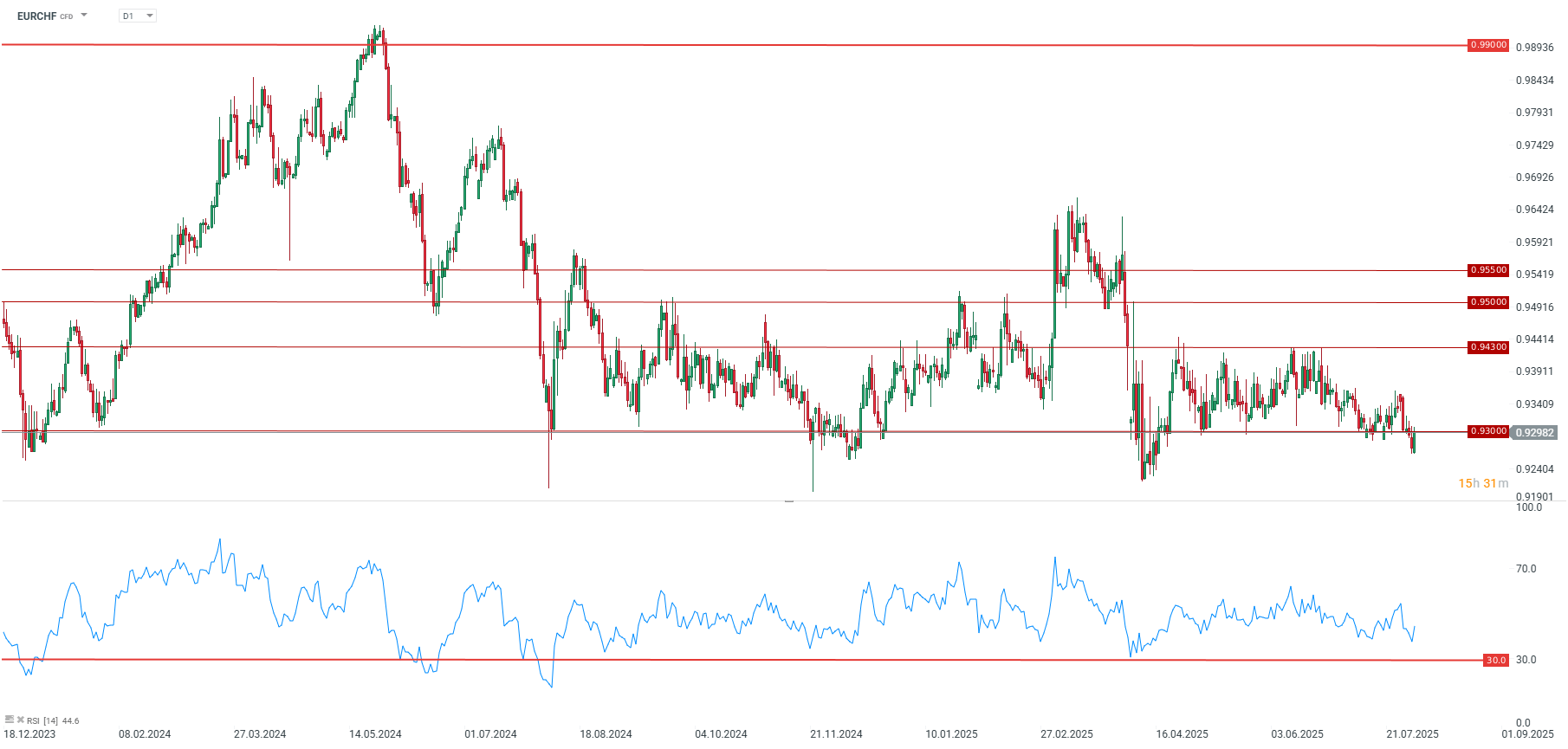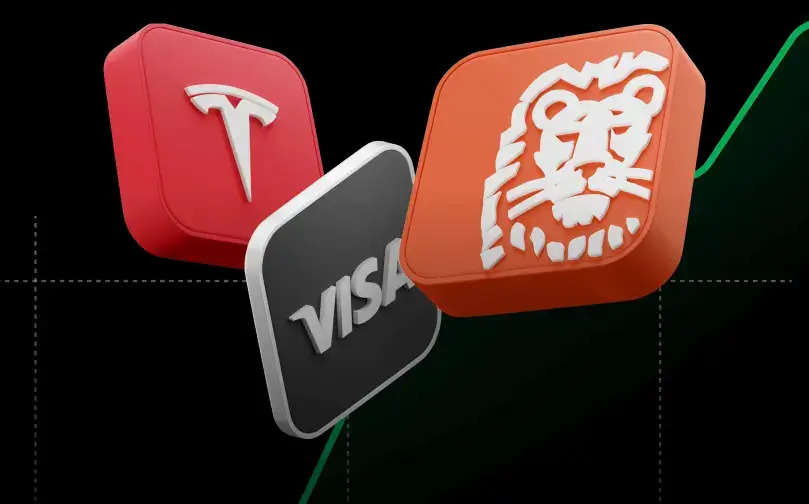One of the Highest US Tariffs Targets Switzerland
President Donald Trump has imposed a 39% tariff on goods imported from Switzerland, making it one of the highest US tariff rates. This is a higher rate than the initially announced 31% and significantly surpasses the tariffs levied on the EU, Japan, and South Korea (15%). The decision stems from the US administration's efforts to reduce its trade deficit with Switzerland ($38 billion last year) and is intended to pressure companies to move production to the US and address global trade imbalances. The Swiss government has expressed "deep regret" and is currently attempting to negotiate a reversal of the decision. If negotiations are unsuccessful by August 7th, the new tariffs will come into force. The United States has also stated that any attempt to export through other channels will result in an additional 40% tariff on those products.
The new tariffs impact Switzerland's key export sectors: pharmaceuticals (e.g., Novartis, Roche), watches (Swatch, Rolex), and confectionery (Lindt). These companies hold a strong position in the American market, and the US is the largest buyer of Swiss products outside of Europe. The new tariff is expected to lead to a decline in price competitiveness, lower sales, and—in the long term—potential shifts in production to other countries. The industrial lobby has called the tariff "dangerous" and warns of the risk of lasting structural problems for Switzerland's export economy.
Monetary Outlook and Swiss Inflation
The latest inflation data for June indicates very low inflationary pressure, with the CPI at 0.0% year-on-year (y/y) and a monthly change of 0.2%. Inflation in food and non-alcoholic beverages is negative (-0.3% y/y). The Swiss National Bank (SNB) decided to cut interest rates to zero in June. Given the low inflation (which is linked to a strong franc) and economic challenges (tariffs and an overly strong franc), there is a chance that the SNB will implement another rate cut into negative territory in September. Only a clear rebound in inflation or a weakening of the franc would likely halt further cuts. It is important to note that the SNB has not recently suggested the possibility of currency interventions, which have only proven effective in the very short term in the past. Additionally, the SNB may not want to antagonize the United States, which has been highly critical of currency interventions.
Technical Situation for EUR/CHF
Following the tariff news, the Swiss franc weakened slightly against the euro. The EUR/CHF pair is currently trading near 0.93. The pair dropped to its lowest level since mid-April at the start of today's session but is now seeing a rebound. The range from 0.9230 to 0.93 is a very strong support zone, but volatility in the pair remains quite limited. However, if pressure on the economy increases and the SNB decides to cut rates, the franc could weaken slightly against the euro or the dollar in the coming months.

Daily Summary: Declines on indices and a precious metals crash
BREAKING: US gas storage slightly lower than expected🔥
BREAKING: US pending home sales higher than expected 📌
US OPEN: Start of the week with mild discounts, amid geopolitical tensions
The content of this report has been created by XTB S.A., with its registered office in Warsaw, at Prosta 67, 00-838 Warsaw, Poland, (KRS number 0000217580) and supervised by Polish Supervision Authority ( No. DDM-M-4021-57-1/2005). This material is a marketing communication within the meaning of Art. 24 (3) of Directive 2014/65/EU of the European Parliament and of the Council of 15 May 2014 on markets in financial instruments and amending Directive 2002/92/EC and Directive 2011/61/EU (MiFID II). Marketing communication is not an investment recommendation or information recommending or suggesting an investment strategy within the meaning of Regulation (EU) No 596/2014 of the European Parliament and of the Council of 16 April 2014 on market abuse (market abuse regulation) and repealing Directive 2003/6/EC of the European Parliament and of the Council and Commission Directives 2003/124/EC, 2003/125/EC and 2004/72/EC and Commission Delegated Regulation (EU) 2016/958 of 9 March 2016 supplementing Regulation (EU) No 596/2014 of the European Parliament and of the Council with regard to regulatory technical standards for the technical arrangements for objective presentation of investment recommendations or other information recommending or suggesting an investment strategy and for disclosure of particular interests or indications of conflicts of interest or any other advice, including in the area of investment advisory, within the meaning of the Trading in Financial Instruments Act of 29 July 2005 (i.e. Journal of Laws 2019, item 875, as amended). The marketing communication is prepared with the highest diligence, objectivity, presents the facts known to the author on the date of preparation and is devoid of any evaluation elements. The marketing communication is prepared without considering the client’s needs, his individual financial situation and does not present any investment strategy in any way. The marketing communication does not constitute an offer of sale, offering, subscription, invitation to purchase, advertisement or promotion of any financial instruments. XTB S.A. is not liable for any client’s actions or omissions, in particular for the acquisition or disposal of financial instruments, undertaken on the basis of the information contained in this marketing communication. In the event that the marketing communication contains any information about any results regarding the financial instruments indicated therein, these do not constitute any guarantee or forecast regarding the future results.


